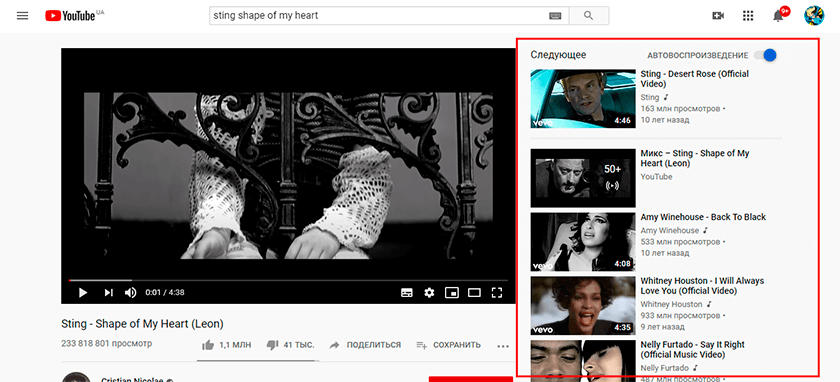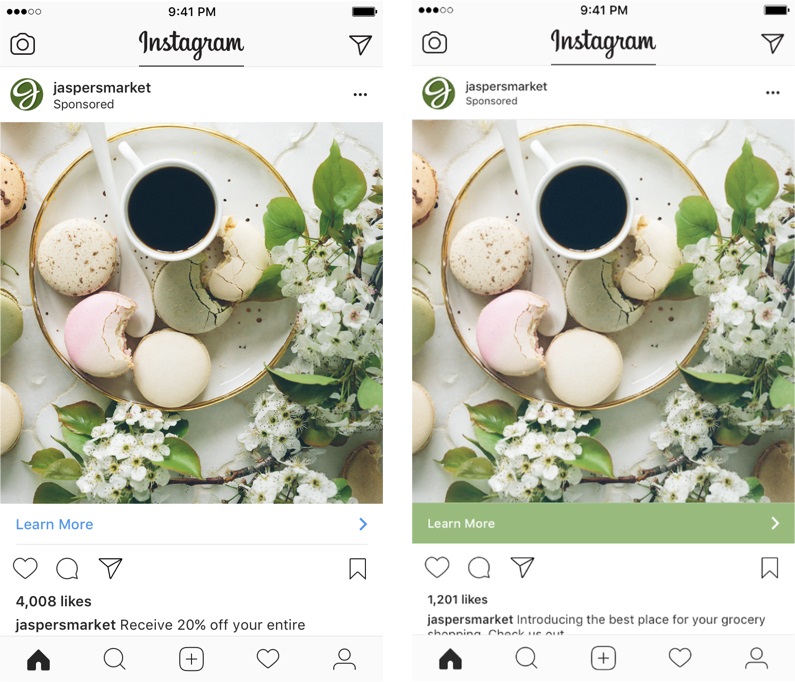You’re surfing the internet and reading useful materials, then suddenly realize you have faced with ads message? Meet native advertising?
Such a product is logically woven into the article, the format of the app or site where it is posted. Regular advertising is created to be noticed, and the native’s spotlight is sharing. So, the viral potential of the native one is by far greater. Sit back since the AdsBridge team will help you figure out native ads’ fundamentals.
Native ads essentials and effectiveness
A native ad is a core trend of content marketing. Large brands gladly communicate with their audience this way and generously invest in this format. When seeing the ads, the consumer reckons it’s meaningful.
Native is not about a product demonstration or tricks like “buy 2 pairs of shoes and get 3rd free”. Basically, a native ad is a generous brand message, and the laymen not always understand that the material is sponsored. Its intention is not being an eyesore but helping a user to solve his problem.
The benefits for advertisers and brands
?advertising is posted in the user’s visual field (TV, radio, social media, news portals);
?it sticks in memory due to the quality of information and the tasks it solves;
?lack of pressure and touting to the consumer boost confidence in the product;
?properly integrated material does not interfere with the process of getting insights into the content;
?cross-platform support (high adaptability).
Let’s investigate the classification of native advertising
Sponsored content (influencers)
Remember your favourite movies and series? Film characters wear certain branded clothes, gadgets, have some drinks.
Quite often we drop upon the native ads in social media. Instagram has become an outstanding platform for promoting goods and services.
On Instagram, we read ads on the profiles of show business stars, bloggers, and opinion leaders. People share their experience of testing a product, tagging it. Readers visually filter out this tag by focusing on the real writer’s experience.

Recommended Content
Everyone noticed that after watching Youtube video or reading information across the network, we are offered related topics. This content satisfies your search needs. These videos are not likely to be an aggravator since we see the same font, colors, structure. The only difference is the distinctive mark on top.
In-feed ads
When opening social media, news feed is full of events from your friends and communities, you can notice sponsored posts targeted to a specific audience.


